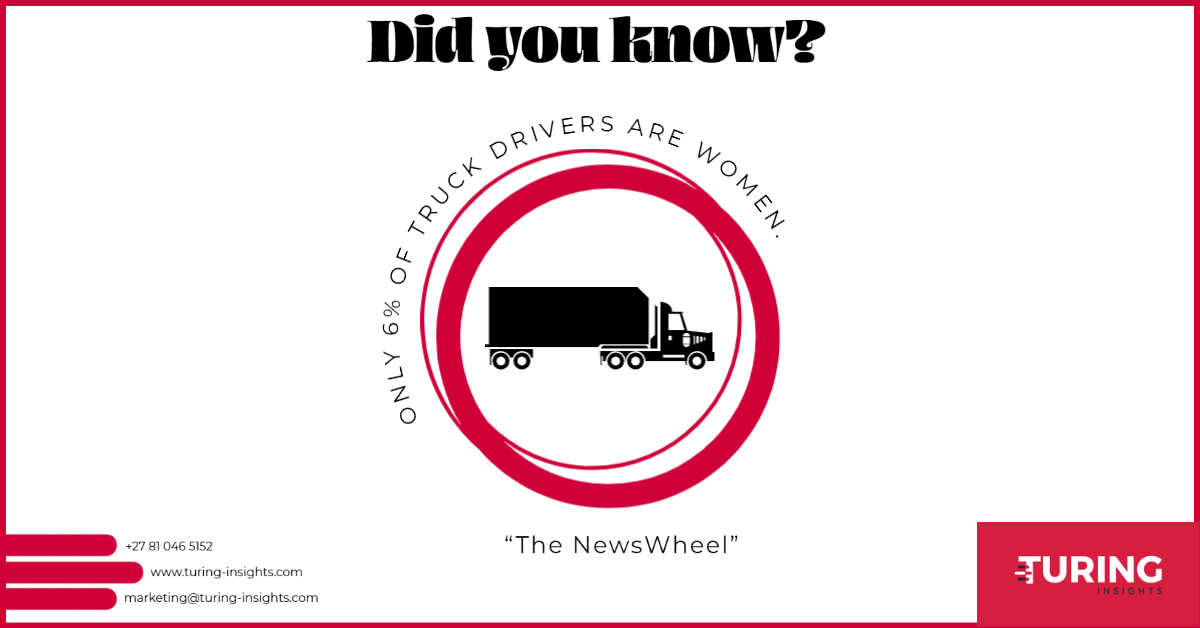Are you tired of timely weighbridges? What weighbridges are all about.
Are you tired of timely weighbridges? What weighbridges are all about and how you can get rid of them with our Turing solution.
What is a weighbridge?
Truck scales or weighbridges are industrial scales that are capable of weighing trucks of all sizes.
The most common use of a truck scale is to determine the weight of bulk goods being bought and sold in truckload-sized quantities. In those cases, information from the scale is a crucial part of the business transaction.
The scale functions much like a cash register. Enforcement agencies use weighbridges to check for a truck’s compliance with road-going vehicle weight limits and Chain of Responsibility.
They are also used to monitor intake and output volumes at facilities, such as solid-waste processing and recycling centers, construction sites, and more.
How long is an average weighbridge?
In applications in which you need to weigh the entire truck, your weighbridge must be long enough to hold all of the wheels of the longest truck you plan to weigh.
That usually means 18 to 24 metres or 60 to 80 feet long for tractor-semitrailers, and up to 30 metres or 100 feet for double trailers.
The overall maximum length of over-the-road tractor trailers is typically regulated by regional/state/provincial authorities.
What is a load cell?
The sensory devices used to measure the weight on the scale. Load cells are the heart of any weighbridge.
They are the sensors that measure the weight of objects on the scale deck.
Most truck scales require 6 to 12 load cells. They must work together flawlessly to provide accurate weight readings.
How does a weighbridge work?
Five main components must work together for a truck scale to function properly.
1. Foundation: permanent installations use a concrete foundation.
2. Weighbridge, also known as the scale deck: this is the structure that creates the driving surface for the trucks. The weighbridge is typically composed of modular sections that are placed together to span the desired length.
3. Load cells: these are the sensors that measure the weight on the scale. In most modern scales the weighbridge is supported by the load cells themselves.
4. Terminal: sometimes referred to as an indicator, the terminal is the control panel for the scale. It displays the weight value to the operator and often serves as the connection point for other scale peripherals.
5. Cables: the signal from the load cells must be transmitted to the terminal. In most cases, this is done with cables.






